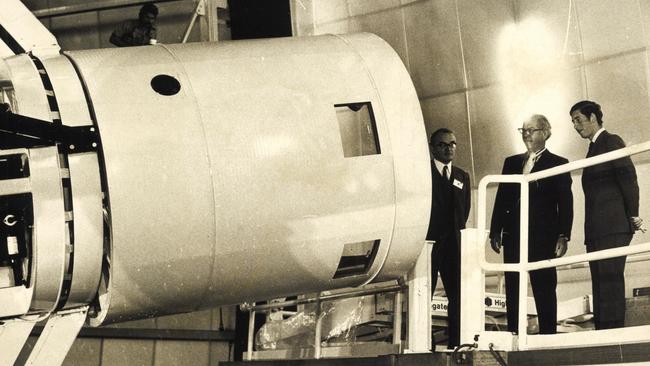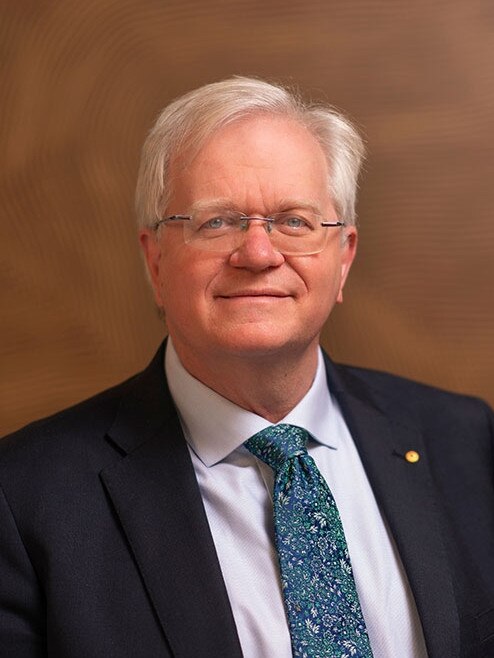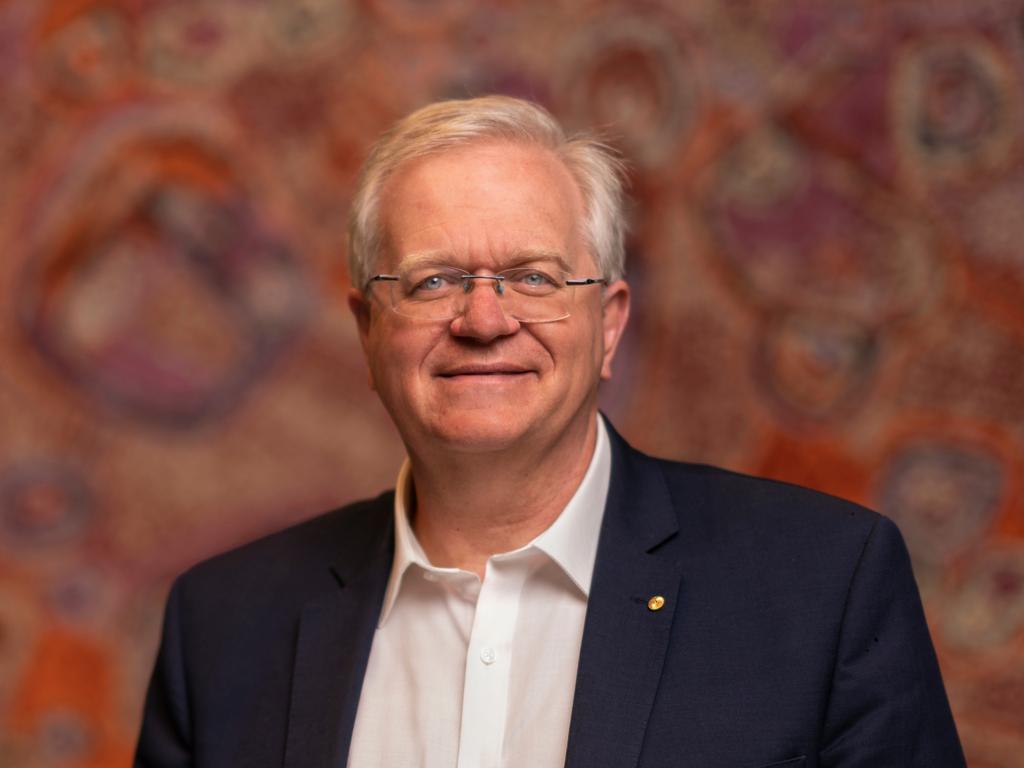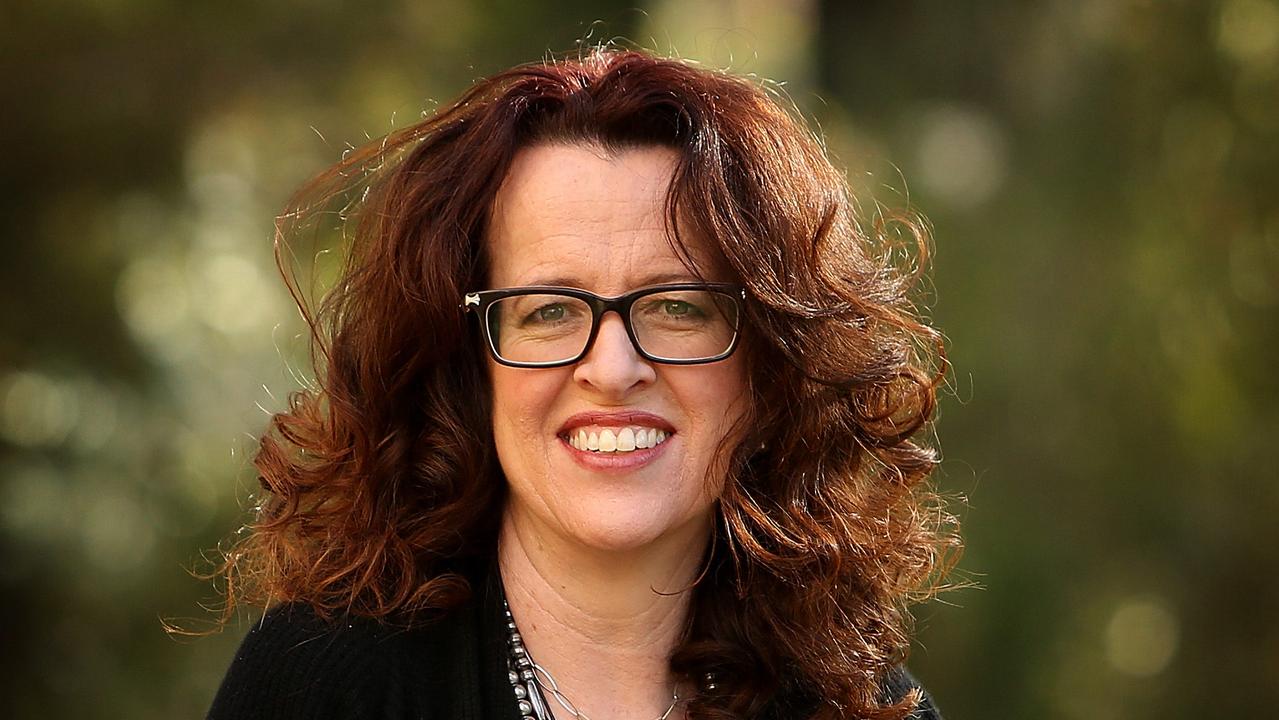Optical astronomy will disappear in Australia without more funding
A Nobel prizewinner and former ANU head has sounded the alarm over the fate of the jewel in the crown of Australia’s astronomical research.

One of the nation’s leading scientists, Nobel prizewinner Brian Schmidt, has warned that his field of optical astronomy faces extinction in Australia in three years because astronomers are poised to lose access to the big optical telescopes needed to make cutting-edge observations of the universe.
Professor Schmidt, who has returned to research and teaching after eight years as vice-chancellor of the Australian National University, said optical astronomy – widely regarded as the jewel in the crown of Australia’s astronomical research – faced an “existential crisis”. He said Australia’s best optical instrument, the 50-year-old 3.9m-diameter Anglo-Australian Telescope at the Siding Spring Observatory near Coonabarabran in NSW, was growing obsolete.

“The AAT has no secure funding stream and faces imminent closure unless it receives a short-term financial bailout,” he said.
Australia also is about to lose its foothold in the European Southern Observatory, a 16-member international consortium that operates the world’s best optical telescopes in northern Chile. Although Australia joined the ESO as a 10-year strategic partner for an investment of $129m, this agreement expires in 2027.

The strategic partnership was intended to be pathway to full membership but the office of federal Industry and Science Minister Ed Husic said no decisions had been made about Australia’s ongoing engagement with the ESO.
Full membership also would give Australian astronomers access to the ESO’s 39m Extremely Large Telescope, currently under construction, which will be the most powerful Earth-based optical telescope when it becomes operational towards the end of the decade. But full membership is estimated to cost Australia more than $500m across a decade.
Australia is a partner in another planned instrument, the Giant Magellan Telescope, also in Chile, but Professor Schmidt said its future depended in US government funding that was far from guaranteed and, alone, it would not be enough to support Australian astronomers.

Other Nobel prize-winning astronomers backed Professor Schmidt in calling for Australia to join the ESO. University of California, Berkeley physics professor Saul Perlmutter, who won a Nobel physics prize in 2011, said Australia was one of the best in the world at building instruments for capturing and analysing astronomical data.
“It would be just a real shame for them to say: ‘OK we’re not in it any more. We just gave up,’ ” Professor Perlmutter said.
UC-Berkeley professor emeritus Reinhard Genzel, who won a Nobel physics prize in 2020 for his role in discovering the best evidence yet that a massive black hole existed at the centre of our galaxy, echoed Professor Perlmutter in praising Australia’s advanced capabilities in telescope technology. He said Australian participation in the ESO’s Extremely Large Telescope would be a “marriage made in heaven”.
“The ELT is such a fantastic opportunity. And Australian teams have really outstanding capabilities of contributing to the instrumentation,” he said.
Professor Genzel named University of Sydney astronomer Joss Bland-Hawthorn for his mastery of sophisticated photonics that can record minute quantities of light entering a telescope from billions of light years away.
Professor Bland-Hawthorn said Australia’s work on devices such as the photonic lantern (which he invented with Sergio Leon-Saval and Tim Birks in 2004) not only improved astronomy but also made a major contribution to communications.
“It enabled them to get 10 times the signal down telecommunications fibres. It was the first time another field had given back to telecommunications,” he said.
Australian astronomy also has played a key role in developing light filters called fibre Bragg gratings for use in telescopes.
Now this work is expected to pay off by being used to clean up data in the future quantum internet.
Professor Schmidt – who used optical telescopes for his Nobel prize-winning research showing the expansion of the universe is accelerating – said if optical astronomy disappeared in Australia there would be a loss of sovereign technical capability, fewer new start-up companies and “an absence of astronomical wonder and discovery” from our classrooms.
“Future Australian Nobel laureates will be, like in the old days, those who have moved overseas to do their work,” he said.






To join the conversation, please log in. Don't have an account? Register
Join the conversation, you are commenting as Logout